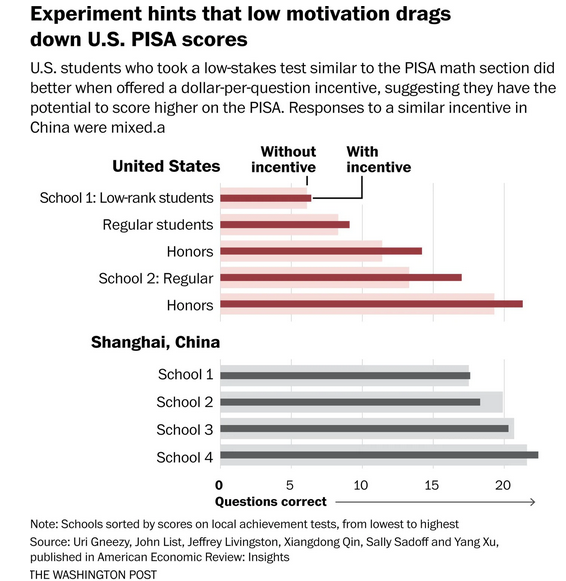The exam was first administered in 2000 to measure the performance of 15-year-olds in the 35 industrialized countries of the Organization for Economic Cooperation and Development (OECD) and has been administered every three years since. It has expanded beyond the 35 member countries. In 2018, 600,000 students from 79 countries took the exam.




